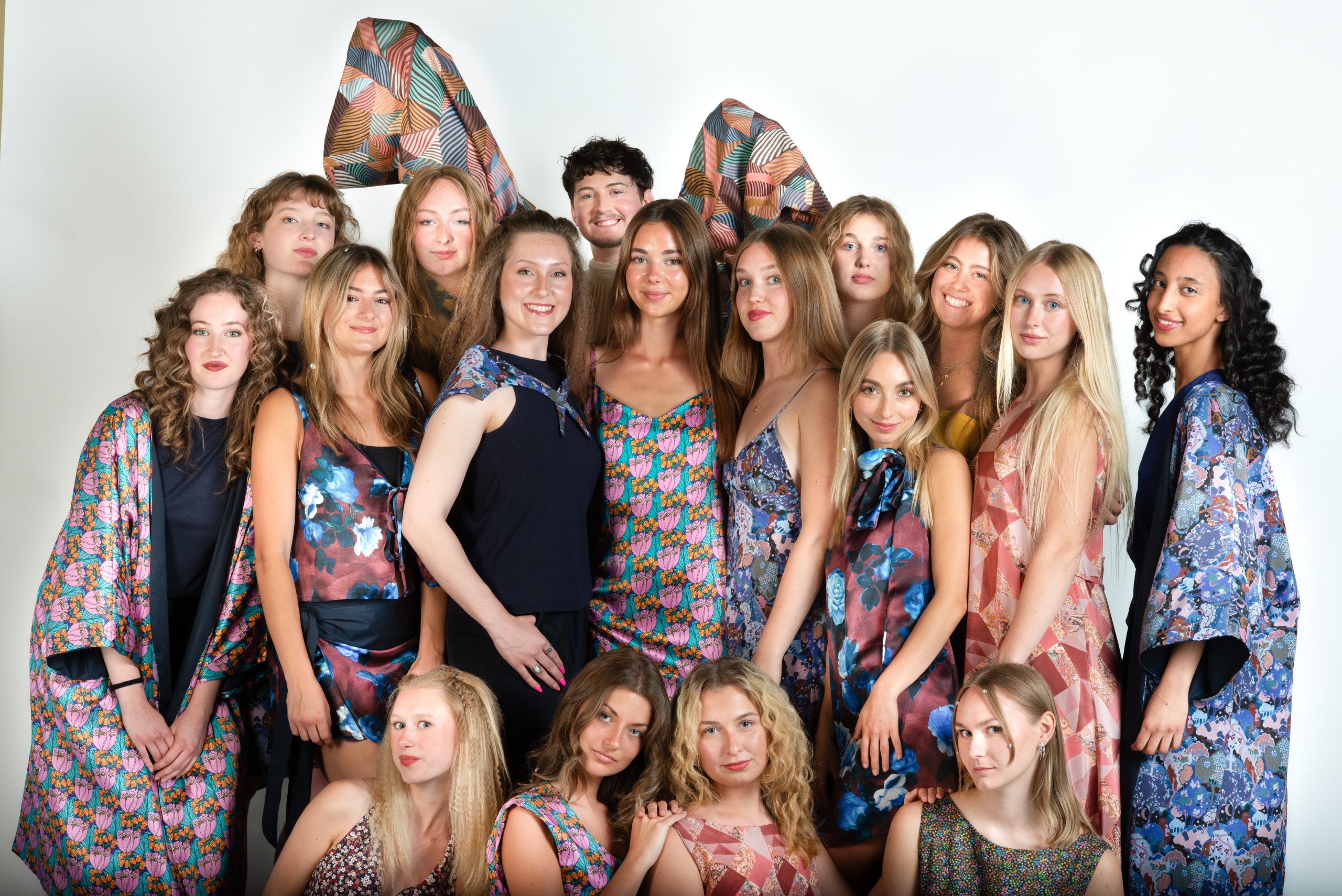In the early weeks of 2025, a new idea was born for the Spring Issue of Blending Magazine. Through the minds of professors Alessandro Calonego,...
In the early weeks of 2025, a new idea was born for the Spring Issue of Blending Magazine. Through the minds of professors Alessandro Calonego,...
The Spring 2025 Edition is Here!





